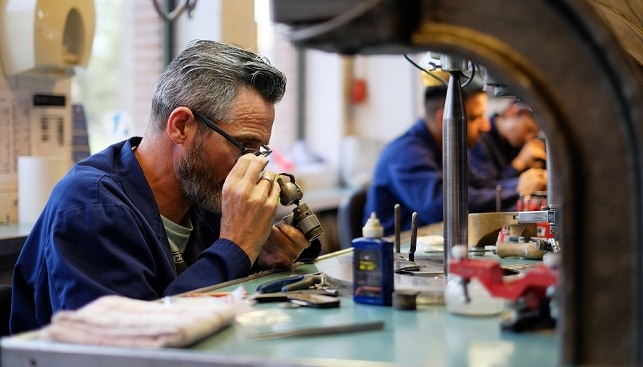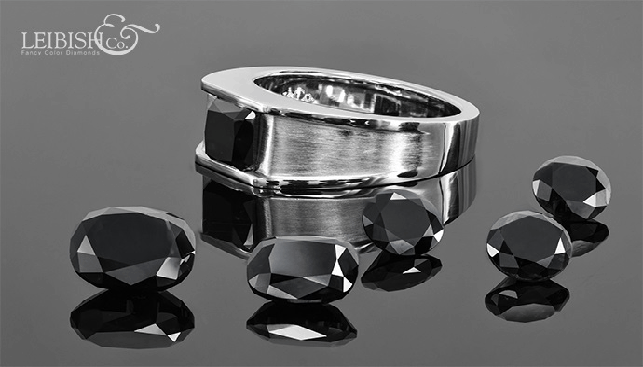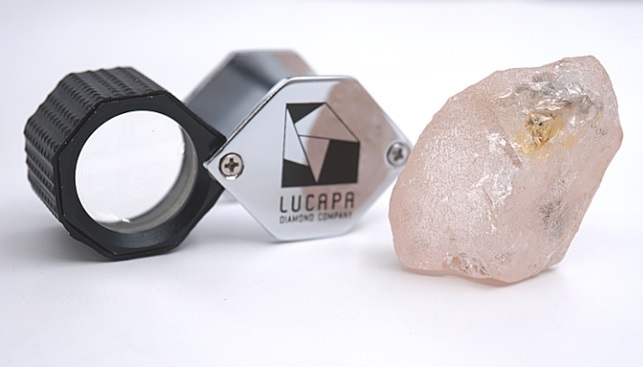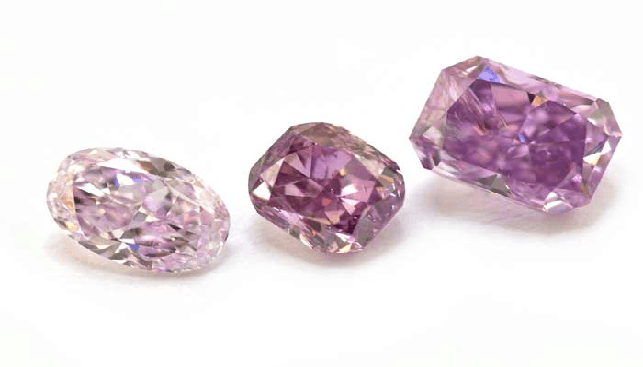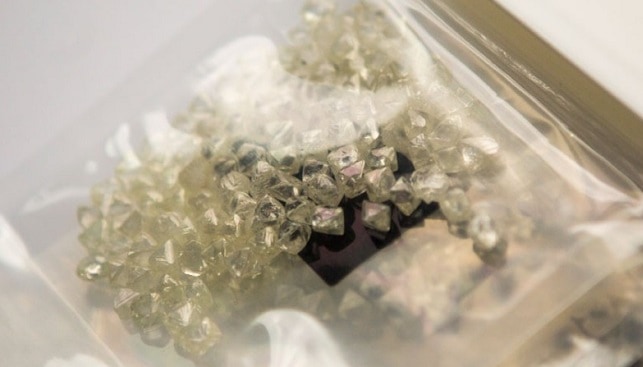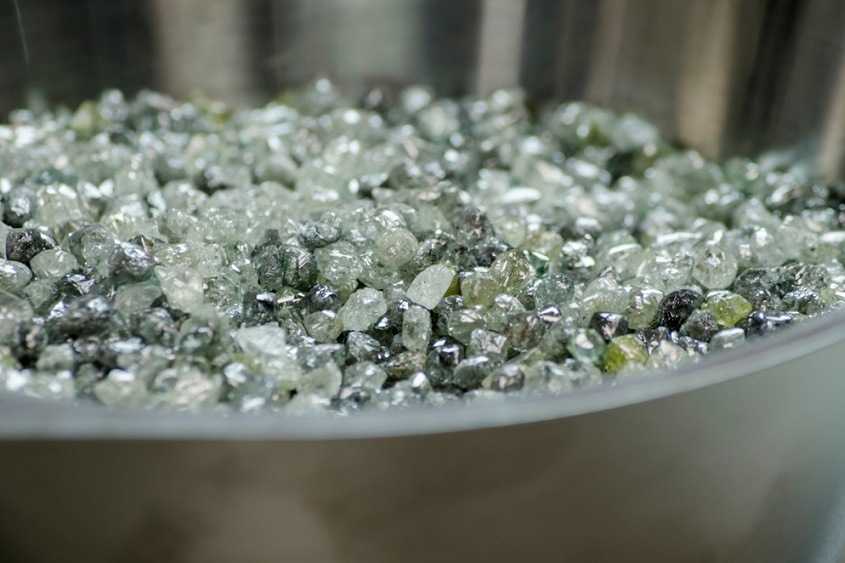An article recently written by scientists from the Carnegie Institution for Science in Washington, DC and the University of Alberta in Edmonton, Canada, and published on the GIA website, looks at the various models of interpreting diamond ages.
According to the authors, diamond ages are obtained from radiogenic isotopic analysis of mineral inclusions (garnet, pyroxene, and sulfide). As diamonds cannot be dated directly, the ages obtained on mineral inclusions provide a unique set of interpretive challenges to assure accuracy and account for preexisting history.
Diamonds can be dated in six basic ways, among them radiogenic daughter Os ages. Here are explanations about the five additional ways:
Model ages
Model ages are produced by the intersection between the evolution line for the inclusion and a reference reservoir such as the mantle. The most accurate single-diamond age is determined on a diamond with multiple inclusions.
Single-diamond mineral isochrones
In this case an internal isochron can be obtained that not only establishes equilibrium among the multiple grains but also unequivocally dates the time of diamond growth. With extreme luck in obtaining the right diamond, concentric diamond growth zones visible in UV fluorescence or cathodoluminescence can sometimes be shown to constrain inclusions to occur in the core of the diamond and in the exterior at the rim. These single grains can be extracted to give a minimum growth time for the diamond.
Core to rim ages
In optimal situations, multiple inclusions are present within single growth zones, in single diamonds, allowing internal isochrons to be constructed for individual growth zones in single diamonds.
Multiple single-diamond isochron/array ages or composite isochron/array ages
If enough diamonds with inclusions can be obtained for study, valid ages for diamond populations can be obtained on multiple single-diamond ages that agree or on composited, mineralogically similar inclusions to give an average age.

